The Japanese Porridge Bowl is a popular breakfast dish. It is usually made with white rice and a broth flavored with miso. Other ingredients include fish, vegetables, and fermented soy products. You can also add various side dishes like seaweed or pickled vegetables. The Japanese Porridge Bowl is an excellent choice for vegetarians. It is a great way to start the day and is often served as a light meal after a long day.
Japanese Porridge Bowl Recipes
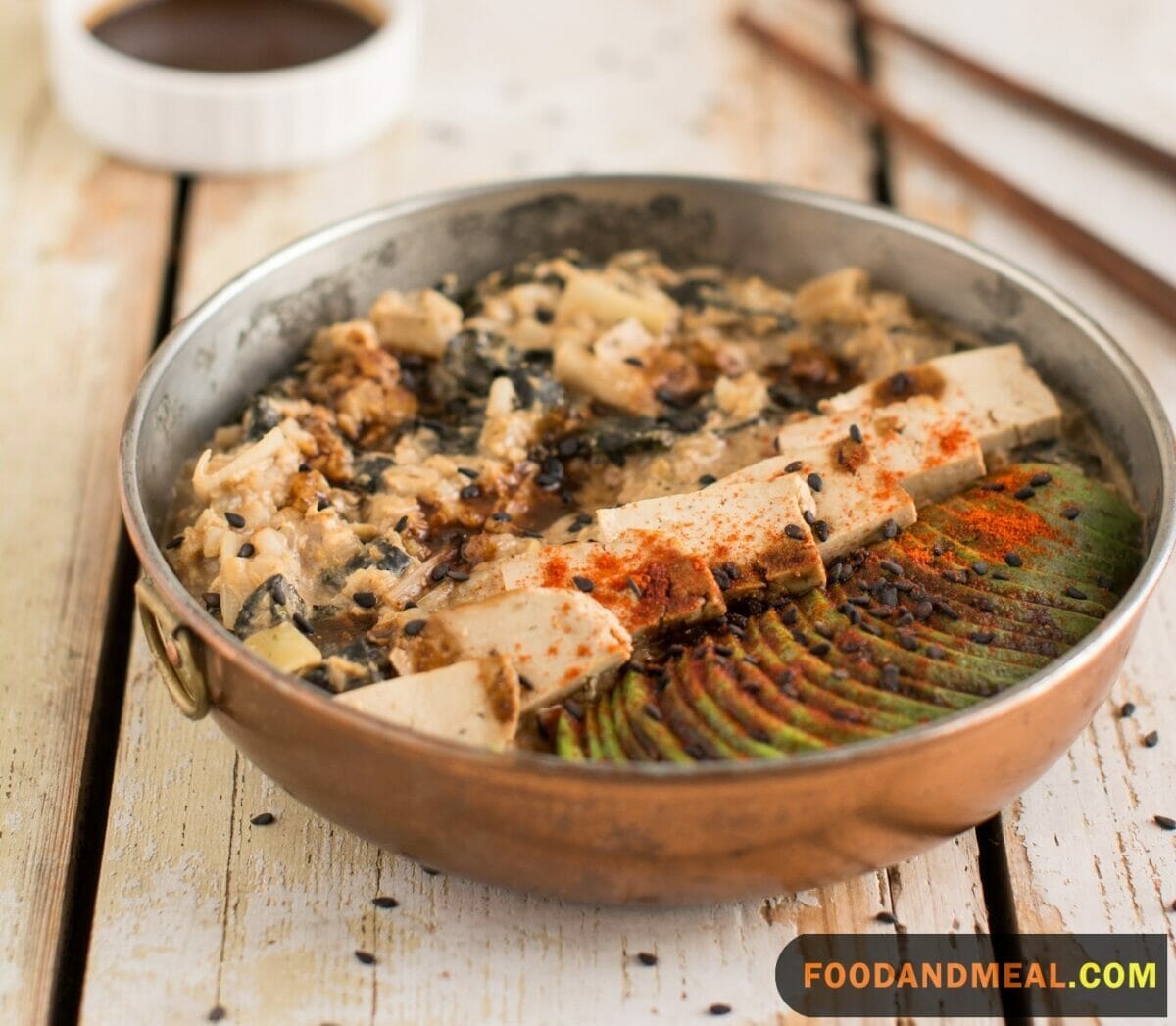
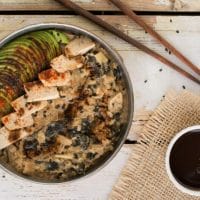
Japanese Breakfast Porridge Bowl
Equipment
Ingredients
- 20 g. firm
- Water for desired consistency
- 1 tablespoon nutritional yeast
- ¼ small avocado
- 20 g. dry round brown rice
- 1 nori sheet shredded
- 1 teaspoon miso paste
- ½ cup chopped leek
- 20 g. rolled oats
Garnishing
- Sesame seeds
- Paprika powder
Instructions
- Begin by draining the brown rice. Wash and clean.
- Place the rolled oats in a shallow saucepan in the morning before preparing the porridge, then add only enough hot water to fill them. Just put aside.
- You could either rip the nori sheet with your palms or cut it with knives.
- Then, cook the soaked rice and the sliced leek in a room temperature water frying pan till the rice is ready, about 10 minutes.
- Turn the heating off. Then, blend in the soaking rolled oats and insert the appropriate boiling water.
- Then, combine some liquid with the miso paste and switch things up with the ripped nori paper. Add the avocado and nutritional yeast into the mixture.
- Again, when necessary, add a little water.
Video
Notes
Nutrition
© Food And Meal
This website provides approximate nutrition information for convenience and as a courtesy only. Nutrition data is gathered primarily from the Spoonacular Database, whenever available, or otherwise other online calculators.
Alternative Method: Cooking Japanese Porridge Bowl Using a Rice Cooker
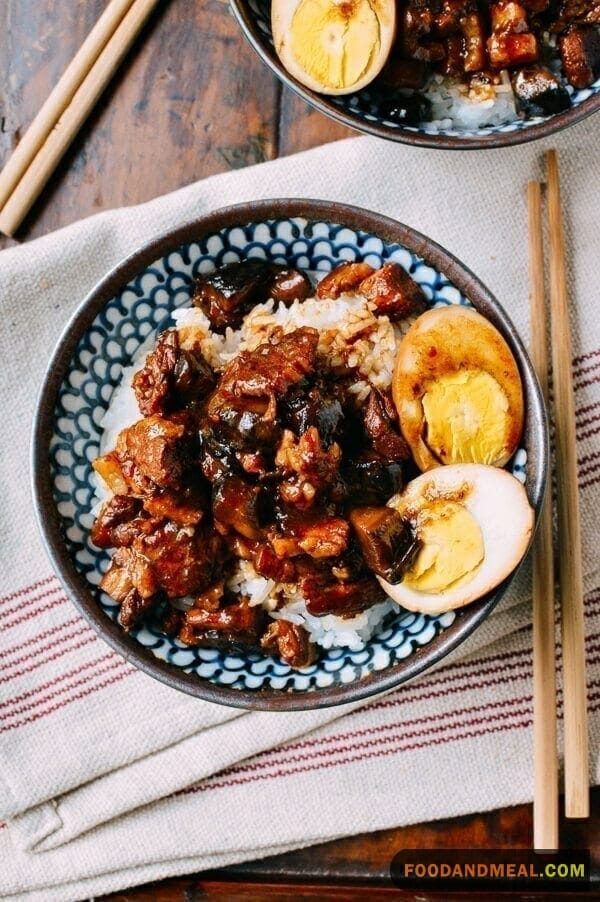
Ingredients:
- 1 cup Japanese short-grain rice
- 6 cups water
- A pinch of salt (optional)
Instructions:
- Wash the Rice: Start by rinsing the Japanese short-grain rice under cold running water until the water runs clear. This removes excess starch, ensuring a smoother and creamier porridge.
- Add Rice and Water: Place the rinsed rice into the rice cooker’s inner pot. Add 6 cups of water, which is a 1:6 ratio (1 part rice to 6 parts water). You can adjust the water quantity based on your preferred porridge consistency.
- Season: For extra flavor, add a pinch of salt if desired. It’s optional but can enhance the taste of your porridge.
- Select Cooking Mode: Most modern rice cookers have a “Porridge” or “Okayu” setting. If not, simply select the “White Rice” setting. The key is to choose a setting that has a longer cooking time to allow the rice to break down into a porridge-like consistency.
- Start Cooking: Close the rice cooker lid and start the cooking cycle.
- Check and Stir: Around halfway through the cooking cycle, open the lid and give the porridge a gentle stir. This helps break down the rice grains further, creating a creamy texture.
- Adjust Consistency: Depending on your preference, you can add more hot water at this stage if you want a thinner porridge. Stir well after adding water.
- Continue Cooking: Close the lid and allow the rice cooker to complete the cooking cycle.
- Serve: Once the rice cooker indicates that the cooking is complete, your Japanese Porridge is ready to be enjoyed.
- Toppings: Serve hot and consider adding your favorite toppings, such as pickles, umeboshi (sour plum), nori (seaweed), or a sprinkle of sesame seeds for extra flavor and texture.
Tips for making Japanese Porridge Bowl

Cooking Tips
- The Rice Matters: Use Japanese short-grain rice for the creamiest texture. Rinse the rice thoroughly to remove excess starch, allowing it to break down more easily during cooking.
- Water Ratio: The typical water-to-rice ratio for Okayu is 6:1. However, feel free to adjust this based on your desired porridge thickness. More water creates a thinner consistency, while less water results in a thicker porridge.
- Use a Rice Cooker: While Okayu is traditionally cooked on the stovetop, using a rice cooker simplifies the process and ensures consistent results. If you don’t have a rice cooker, frequent stirring is necessary on the stovetop to prevent sticking and burning.
- Stirring: If you’re using a rice cooker, stir your porridge halfway through the cooking cycle to achieve a creamier texture. On the stovetop, keep stirring to avoid sticking and burning.
- Season Lightly: Season with a pinch of salt for flavor, but don’t overdo it. You can always adjust the taste when serving with toppings.
Serving Suggestions
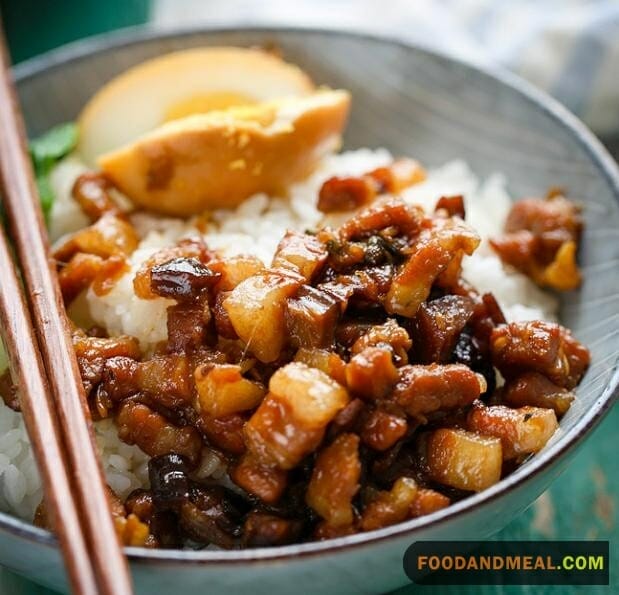
- Recommend Sides and Garnishes: Japanese Porridge is all about personalization. Some delicious toppings and sides to consider include pickles (tsukemono), umeboshi (sour plum), nori (seaweed), furikake (rice seasoning), or toasted sesame seeds. These additions offer diverse flavors and textures, enhancing your Okayu experience.
- Complementing Beverages: Okayu pairs wonderfully with green tea or oolong tea. The slightly bitter notes of these teas contrast beautifully with the mildness of the porridge. For a more substantial meal, you can also serve it with miso soup.
- Different Serving Styles: While Okayu is often served in a comforting bowl, you can also present it in elegant Japanese lacquer boxes (jubako) for special occasions. Explore different serving styles to make your Japanese Porridge even more delightful.
FAQs about Japanese Porridge Bowl
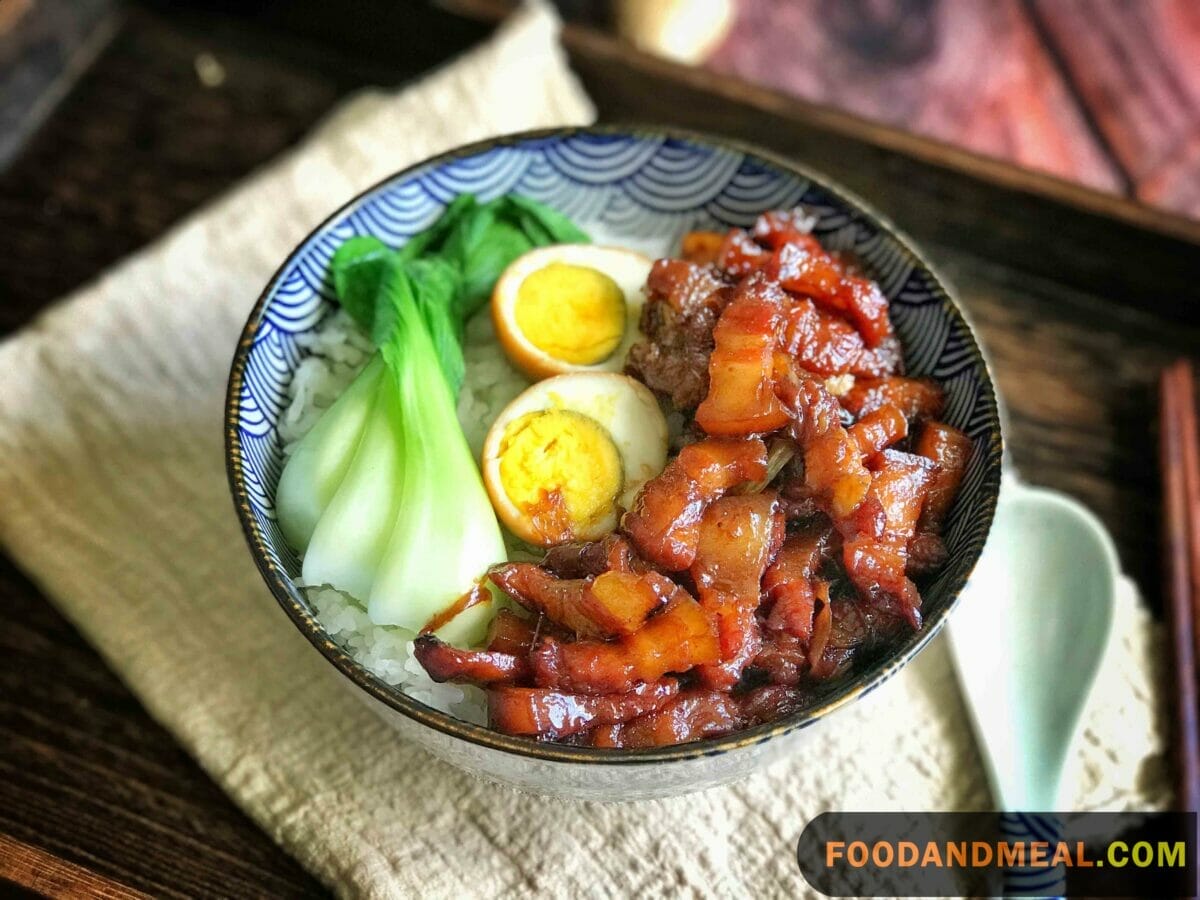
- Can I store leftover Okayu? Yes, you can store leftover Japanese Porridge in an airtight container in the refrigerator for up to two days. Reheat it on the stovetop or in the microwave, adding a little water to adjust the consistency.
- Is it possible to use brown rice for Okayu? While Japanese short-grain white rice is traditional, you can use brown rice for a healthier option. Keep in mind that brown rice requires a longer cooking time and extra water.
- Can I make Okayu with other grains, like barley or millet? Absolutely! Experiment with different grains to create unique variations of Okayu. Barley and millet, for instance, offer distinct textures and flavors.
- What’s the best way to reheat leftover Japanese Porridge? To reheat Okayu, add a little water to reach your desired consistency and gently heat it in a pot on the stovetop or in the microwave. Stir occasionally.
- Are there sweet versions of Okayu? Yes, there are sweet variations of Okayu called “Zosui.” These versions include sugar and sometimes even fruit, making for a delightful dessert or breakfast option.
Create the perfect Japanese Porridge with our Okayu recipe. Explore serving ideas, learn how to store leftovers, and find answers to your questions. Comfort food at its best!
I'm James F Anderson, a noted sous chef from London and a Le Cordon Bleu alumnus. My career began in a Michelin-starred Parisian eatery, where my blend of classic and contemporary cooking, using seasonal ingredients, earned accolades. Recognized in culinary publications and on cooking shows, I’m committed to mentoring aspiring chefs and delivering memorable dining experiences, marking me as a standout talent in the culinary world.


